Roman Shipwrecks on the Portuguese Coast
Filipe Castro
Introduction
This section intends to be an inventory of the possible shipwreck sites referred, found, or surveyed on the Portuguese coast.
Arade 9
This shipwreck is said to have been fairly well preserved in the 1970s, when Robert Marx and a French associate salvaged the amphorae, dried them in a roof top near Portimão, and sold them to tourists and locals (pers. comm. Robert Marx). Based on oral information from local residents and divers, it is possible that this was the same site that was later destroyed by dredging works and photographed by Francisco Alves in the 1980s.
Praia dos Três Irmãos
Looted in the 1970s, this shipwreck site was completely destroyed. Pictures that circulated through Portimão show amphorae and elephant tusks. A later survey by a team under the direction of Francisco Alves did not locate the site.
Cabo Sardão 1
Lying in deep water, this possible shipwreck has not been located yet. The recovery of elephant tusks and amphorae by trawlers in a particular area suggests the existence of a shipwreck dating to …
Trafaria 2
This site has not been verified by archaeologists. An information from sport divers relating the find of a shipwreck with amphorae and elephant tusks is on file
Cortiçais
This is a possible shipwreck site in shallow water, surveyed by Jean-Yves Blot and his team. The site is a cluster of pottery shards forming a coherent collection of Roman ceramics dating to the
Belinho 2
This site consists of a large shallow area, parallel to the coast, around 500 m long, where a large quantity of amphora shards was found in February 2005, during a low tide. The site was exposed again in March and surveyed by archaeologists. During this survey and subsequent visits to the site, several timbers were observed on the silt bottom, together with Haltern 70 amphorae shards, dolia fragments, small urceus amphorae, shale slates, and net weights. All ceramic materials were consistent with a Beatican origin, during the reign of emperor Augustus (27 BCE-14 CE).
Nine standing tree stumps were observed nearby and dated to around 3,500 BCE. Another context found to the north of this area showed six shallow rectangular depressions cut on the shale bottom, possibly used for salt production. A Spanish olive jar and a small mill stone were also found in the area.
The site formation of this complex has not yet been completely understood (Granja 2013). The standing tree stubs (Alnus glutinosa) may correspond to an existing forest in the middle of the 4th millennium BCE, bordering a water course and protected by a dune system located to the West. From the middle of the 2nd millennium BCE to around the 3rd century BCE the sea level may have been lower. Around the 7th century BCE it is possible that the phreatic level in this area rose, creating a shallow lagoon. At the time of the shipwreck it is possible that the dune system located to the west of this area was eroded and moved East, over the lagoon. If so, this ship was lost in shallow water, possibly during a storm (Granja 2013).
The reservoirs excavated into the shale to the north of this area are possibly medieval, and correspond to a different climatic change, as the sea level rose until the 4th century CE and lowered from that century to the 10th or 11th (Granja 2013).
As mentioned above, the analysis of the ceramic materials allowed the identification of dolia, Haltern 70 amphorae, and smaller urceus containers. The Haltern 70 amphorae were produced in different areas of Baetica, namely in known producing centers along the Guadalquivir River and on the coast of Cadiz. The urceus and dolia come from the same region, but from different production centers in the area (Neves et a. 2013).
Some timbers were observed in the area that deserve mention here. One looks like a frame, although the picture is taken at an angle that makes it difficult to interpret. And another timber was recovered by a local resident, looking like a ship timber as well.
References
Almeida, A., and Magalhães, I., 2013. “O achament do sítio da praia da Ribeira do Peralta,” in Morais, R., Granja, H., Cerdan, A., eds. O Irado Mar Atlântico. Braga: Sersilito.
Blot, J., and S. Bombico, 2013. “A glimpse into the Early Imperial Roman Atlantic trade: Historical and marine context of a ceramic assemblage in a shipwreck at Cortiçais (Peniche, Portugal).” Skyllis 1: 43-52.
Neves, I., Fonseca, A., Oliveira, C., Parpot, P., Kuzniarska-Biernacka, I., and Morais, R., 2013. “Caracterização de fragmentos cerâmicos oriundos do naufrágio Bético Augustiano de Esposende por DRX e MEV-EDS,” in Morais, R., Granja, H., Cerdan, A., eds. O Irado Mar Atlântico. Braga: Sersilito.
